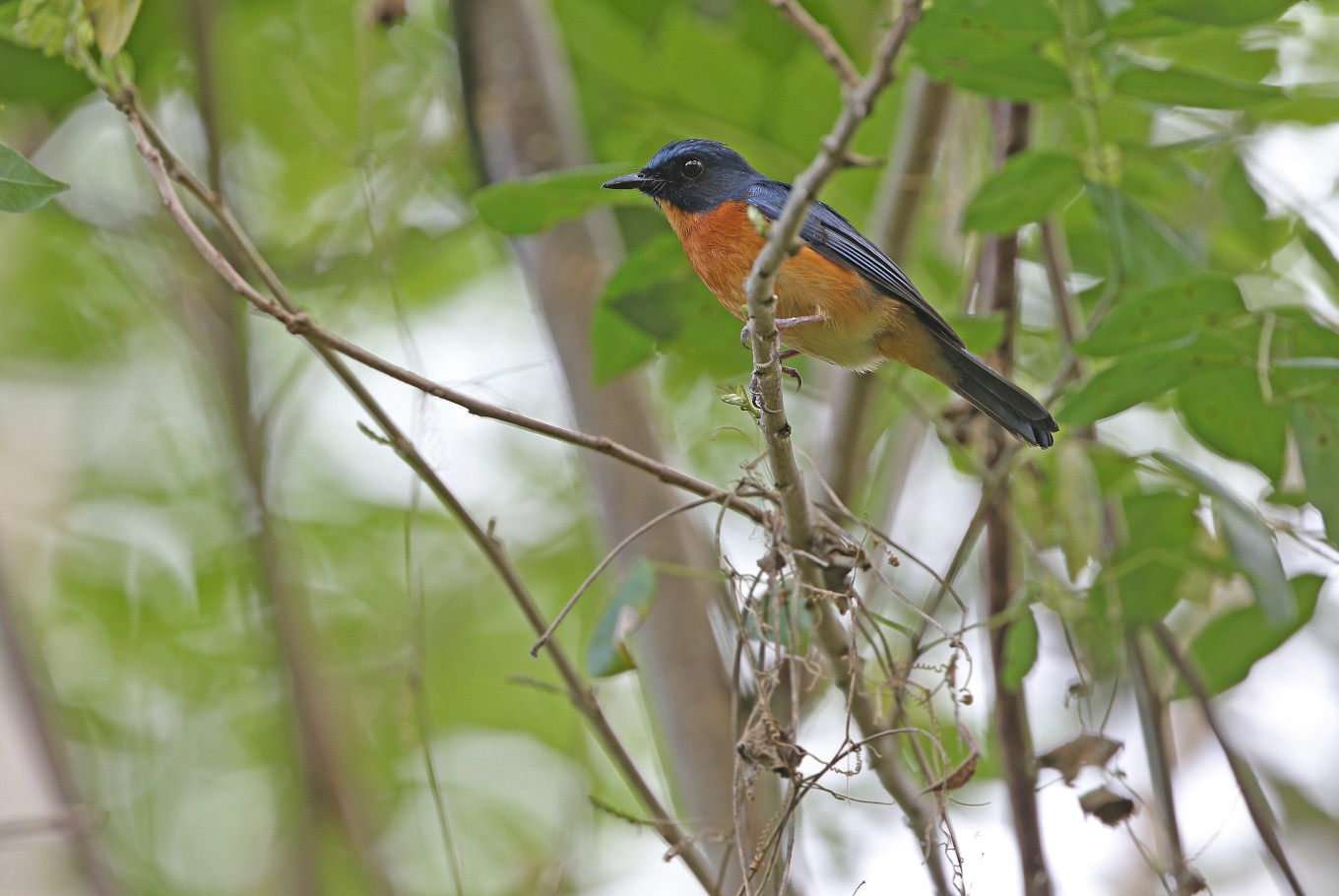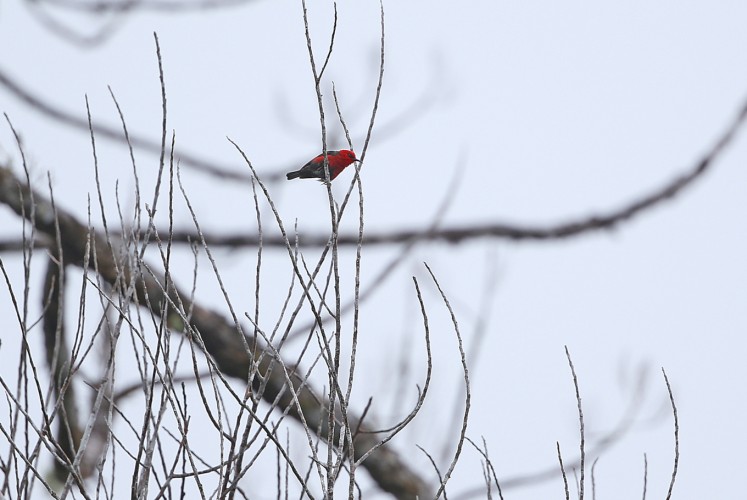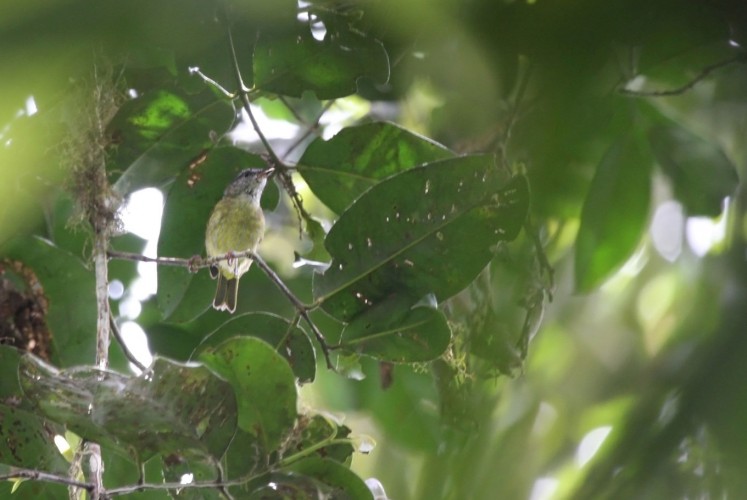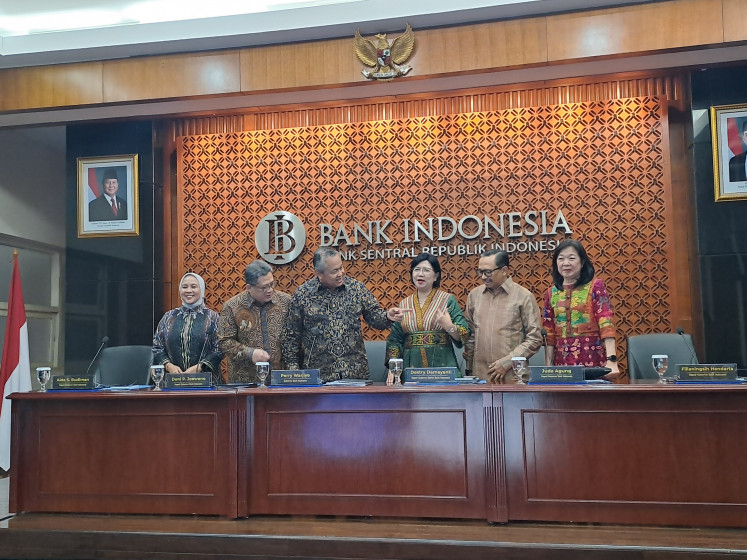Popular Reads
Top Results
Can't find what you're looking for?
View all search resultsPopular Reads
Top Results
Can't find what you're looking for?
View all search results10 new bird species and subspecies found on remote Indonesian islands
The team gathered a total of five new songbird species and five new subspecies. They published the results in the journal Science.
Change text size
Gift Premium Articles
to Anyone
A
joint research team from the National University of Singapore (NUS) and the Indonesian Institute of Sciences (LIPI) has found previously unknown birds on three small islands in Indonesia: Taliabu in North Maluku and Peleng and Togian in Central Sulawesi.
Helmed by Frank Rheindt, associate professor of the Biological Sciences department at the NUS Faculty of Science, the team explored the islands for six weeks from November 2013 to January 2014.
The team gathered a total of five new songbird species and five new subspecies. They published the results in the journal Science on Friday.
The Taliabu Leaf-Warbler. (Birdtour Asia/James Eaton)
According to National Geographic, their findings included leaf warblers, which are small songbirds that feed on insects, the Taliabu Myzomela, which consumes nectar and fruit, and the Peleng fantail, which moves its tail feathers when threatened.
On Taliabu Island, located between the Central Sulawesi and North Maluku provinces, the researchers discovered three new species, namely the Taliabu Grasshopper-Warbler, the Taliabu Myzomela and the Taliabu Leaf-Warbler. They also discovered three subspecies: the Taliabu Snowy-browed Flycatcher, the Taliabu Island Thrush and the Sula Mountain Leaftoiler.
On Peleng Island, the researchers found two new species, the Peleng Fantail and Peleng Leaf-Warbler, and one subspecies, the Banggai Mountain Leaftoiler.
On Togian Island, they found a new subspecies dubbed Togian Jungle-Flycatcher.
The Taliabu Myzomela. (Birdtour Asia/James Eaton)Located in the country’s Wallacea region (the area around the Wallace Line), the three islands were chosen due to the deep sea located between them and Sulawesi province, based on bathymetric data.
“Studying the routes and operations of historic collecting expeditions and identifying gaps has been a fruitful approach to pinpoint focal areas in our case. The description of this many bird species from such a geographically limited area is a rarity,” said Frank Rheindt in an official statement, adding that bathymetric data could also be used to locate other promising islands.
The Peleng Leaf-warbler. (File/Philippe Verbelen)However, conservation action must be taken for both islands, as the team witnessed forest destruction during their exploration. Both islands lacked primary lowland forest, and the majority of highland forests had suffered from “some form of logging or forest fires”.
“While most of the avifauna [birds that live in a particular habitat] we described seem to tolerate some form of habitat degradation and are readily detected in secondary forest and edge, some species or subspecies are doubtless threatened by the immense levels of habitat loss on these islands,” said Rheindt. “As such, urgent, long-lasting conservation action is needed for some of the new forms to survive longer than a couple of decades beyond their date of description.” (wir/kes)














